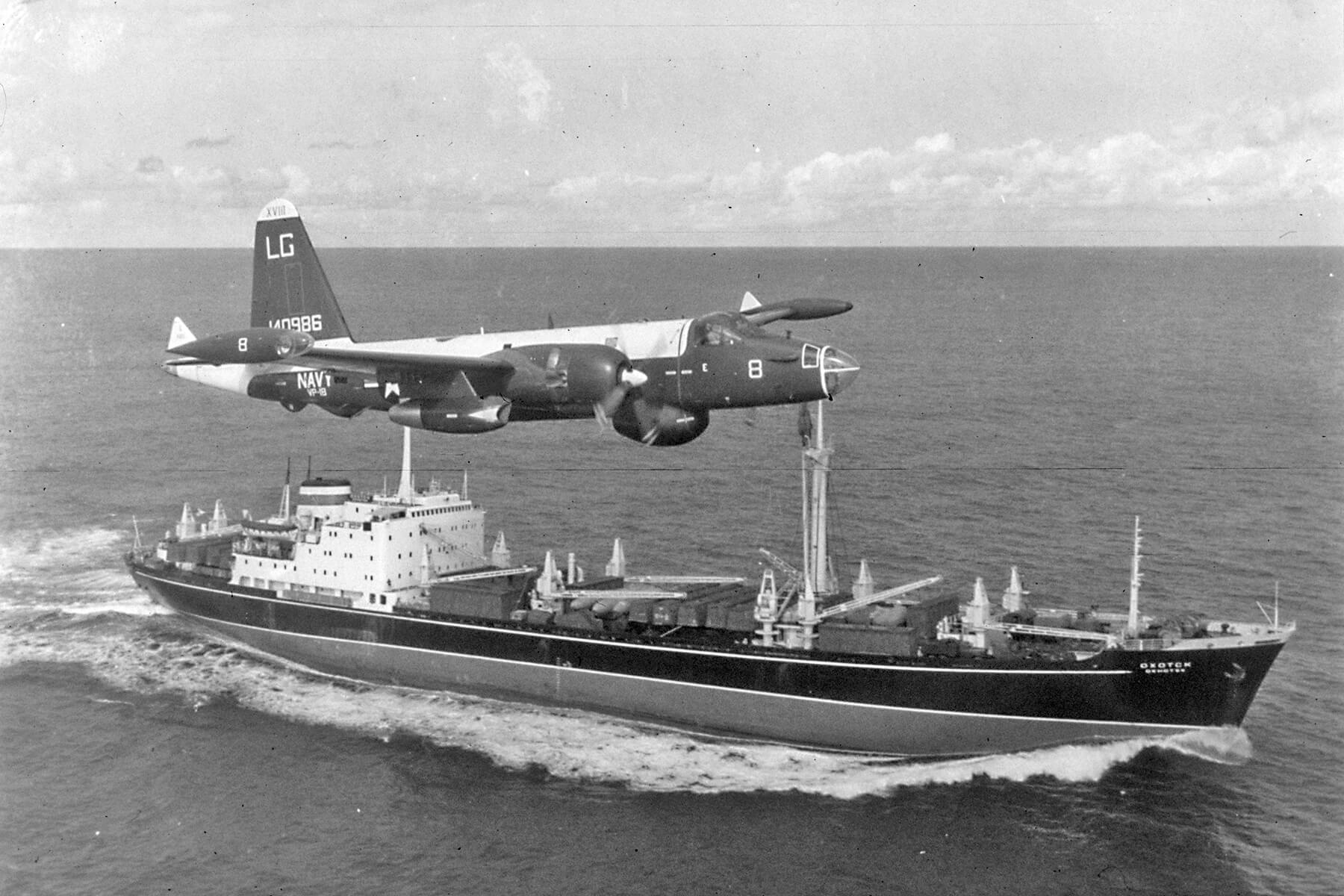 |
Icelandic television was not broadcast on Thursdays until 1987. |
Arts & Culture |
 |
| |
| Until RÚV went on the air, Icelanders' only way of watching TV was to intercept the signal of the English-language station intended for soldiers at the U.S. Army base in Keflavík. Some Icelanders, including famed nationalistic writer Halldór Laxness, were concerned about the U.S. program's influence on their country's culture, especially without a local alternative. When RÚV was launched, the station was only on the air two nights a week. Eventually, it worked up to a near-daily schedule, broadcasting just a few hours each day, but remained off-air on Thursdays. It's widely believed this was an attempt to encourage residents to venture outdoors and socialize, but some locals remember it as a dedicated day off for the station's small crew (who also got the entire month of July off until 1983). | |
| After facing mounting competition from private channels, including Channel 2, which began broadcasting in Iceland in 1986, RÚV finally started airing every day of the week. The first time it broadcast on a Thursday was in October 1986, when Reykjavík hosted a summit between Ronald Reagan and Mikhail Gorbachev. Reagan arrived on a Thursday and RÚV covered it live. | |
 | |
 | |||
| |||
Discover the Fascinating Stories of Science's Biggest Eureka Moments | |||
| Thank you for supporting our sponsors! They help us keep History Facts free. |
 | |||||||||
By the Numbers | |||||||||
| |||||||||
| |||||||||
 | |||||||||
| |||||||||
A perfectly preserved Big Mac from 2009 is on display in Iceland. | |||||||||
| In 2008, high import tariffs and taxes in Iceland caused the only McDonald's in the country to close down. On the last day of service, in 2009, a man named Hjörtur Smárason went for one last meal, picking up a Big Mac and fries. The order sat forgotten in his garage until he was packing to move in 2012 and found the bag with his order still inside — looking exactly as it did the day he bought it three years earlier. Smárason first took the "artifact" to the National Museum of Iceland; a year later, the burger and fries were moved to the Bus Hostel in Reykjavík, where they stayed on display for years. Now, the still-preserved meal is showcased at the Snotra House hostel. In 2020, responding to various instances of McDonald's burgers not decomposing, the company released a statement claiming its burgers contain no preservatives and might not decompose due to a lack of moisture in some environments, but will certainly dry out. | |||||||||
 | |||
Recommended Reading | |||
 | |||
| | |||
 | |||
| | |||
| + Load more | |||
| |||||||||
| 700 N Colorado Blvd, #513, Denver, CO 80206 | |||||||||






No comments:
Post a Comment